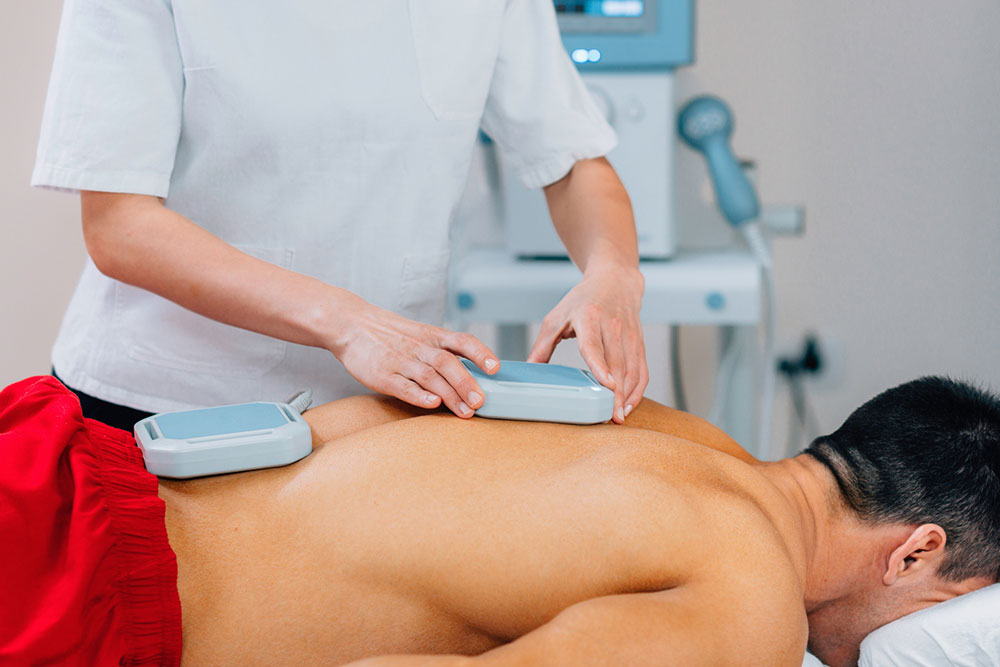Anterolisthesis – Symptoms, Causes, and Management
Anterolisthesis is a condition in which the bones are abnormally aligned in the spine, eventually affecting the lower back. It is a type of spondylolisthesis in which there is an abnormal shift in the movement of one of the vertebrae in relation to the other. This movement can be forward or backward and varies from one case to another. Knowing the symptoms, causes, and potential treatments for this condition is important for better management.

Symptoms
The signs and symptoms depend on the location and intensity of the vertebral slip. This condition leads to constant pain specific to a region on the lower back. It is persistent, and the pain can also extend to the legs in individuals.
This type of pain can also lead to mobility issues because any movement becomes a stressful activity, which can quickly lead to an inactive lifestyle and the development of other health complications in the long run. Over time, the inactivity can also lead to loss of muscle strength and bone density. With limited movement, flexibility in joints and muscles also becomes rigid. There are a few symptoms that are commonly seen.
- Experiencing muscle spasms persistently
- Pulsating or tingling feeling in the affected area
- The inability to feel hot or cold sensations in the affected areas
- Experiencing weakness in the body
- Also, observing pain and poor posture over time
In severe cases, some symptoms to look out for include difficulty in walking or even partaking in regular day-to-day activities or movements. These limitations can be challenging and one may have to find ways how to treat these anterolisthesis signs. Moreover, some affected persons may experience loss of bladder or bowel function.
Causes
This condition usually occurs due to fractures or blunt forces that are a result of an accident or a sudden fall. However, other cases where this condition can develop include strenuous exercises like bodybuilding.
Old age is another common cause of anterolisthesis as, over time, the ligaments and joints start to become weak. This can lead to a shift in the proper position of the vertebrae and cause instability in the spine. This type of age-related weakness can result in degenerative spondylolisthesis.
Additionally, if a tumor is detected in the spine, it can shift the vertebrae from their natural position, further increasing the chances of developing spinal anterolisthesis. There are also some rare cases in which this condition is a genetic development disorder in children that runs through adulthood.
Treatment options
A couple of factors influence the treatment option for this condition, including the level of slippage, the cause of the condition, the symptoms present, and the level of instability on an X-ray. The two or more treatment options are combined to provide a more holistic recovery plan for the affected individual.
The doctors also categorize the severity of the slippage into four grades. Grades one and two usually have mild symptoms, and the treatment focuses a lot on alleviating pain and discomfort. When it comes to grades 3 and 4, the severity is intense, and this level of instability may require surgery.
Bed rest
Doctors suggest that patients should limit their movements to a minimum when they are advised bed rest. This means that they should avoid participating in sports or physically demanding activities like moving heavy objects around the house, until the pain subsides. It is crucial to take rest because it will help in prevent further slippage in the vertebrae and any other potential damage to the condition.
Physical therapy
If the symptoms are complicated, doctors will suggest physical therapy and a specific exercise program to be followed under the expertise of a physical therapist. It is advised to follow any movements with the support of a back brace or support that can help in reducing pain and stabilizing the lower back.
Exercise
The exercise plan, which is chalked out along with physical therapy, can help improve pain-free movement in individuals. This also helps improve flexibility and can help restore strength in the back muscles. Targeted stabilization exercises can also help maintain the mobility of the spine, strengthen the back and abdominal muscles, and reduce the painful movement of the bones in the area where the slippage has occurred.
Surgery
If non-surgical treatments fail to successfully recover the spine, and the vertebrae keep slipping out of their normal position, surgery may be recommended as a last resort. Depending on the severity of the case, surgeons may use plates, wires, screws, or rods to adjust the vertebrae and keep it in position. There are two methods used for the surgery.
- Decompression
In this method, a bone or tissue is removed to help release pressure on the vertebrae and the nerves associated with the region that sends the pain signals. - Spinal fusion
A piece of bone is transplanted back into the spine, and the bone gradually fuses with the spine and heals over time. This process helps create a solid bone mass that can help stabilize the spine.















